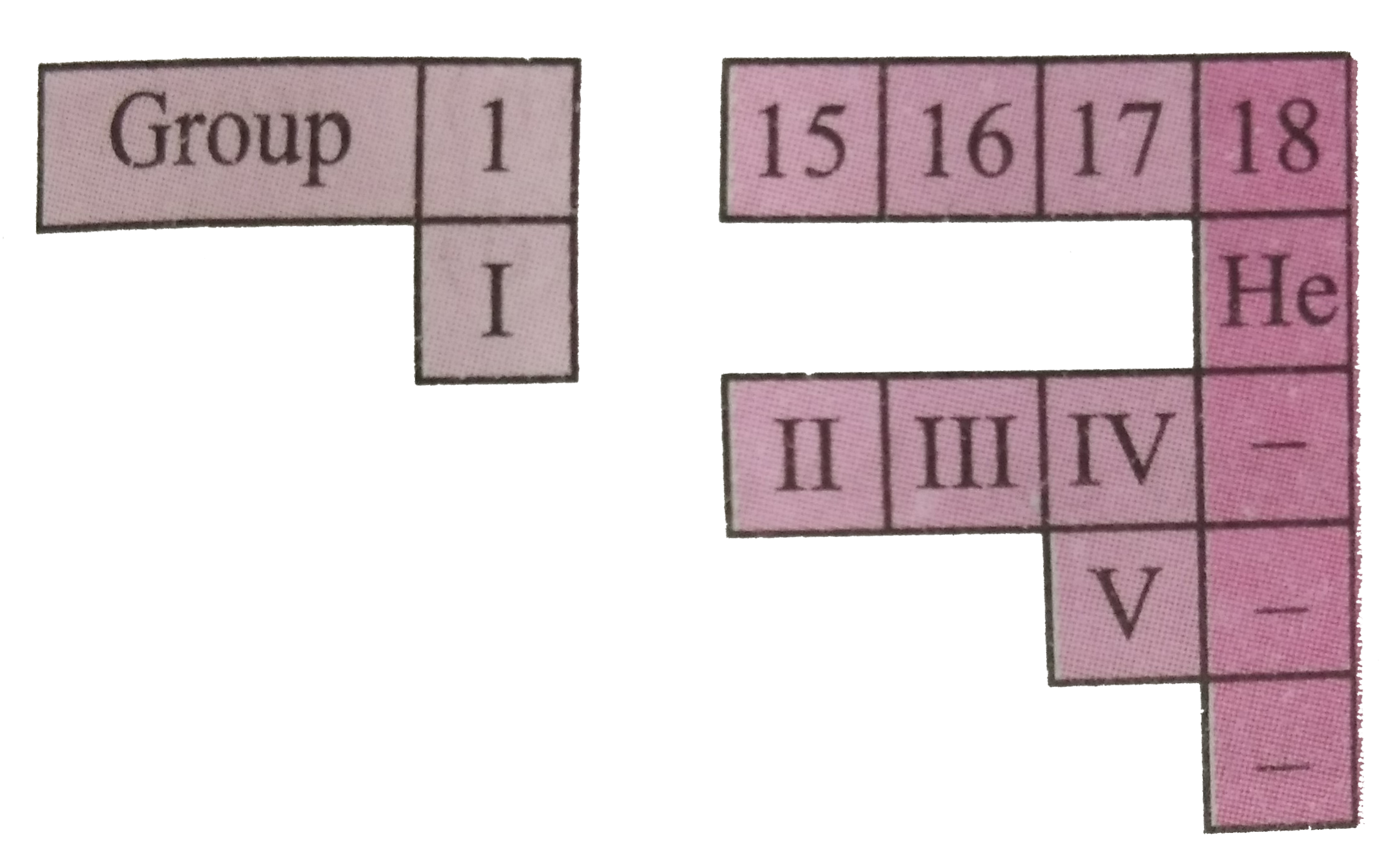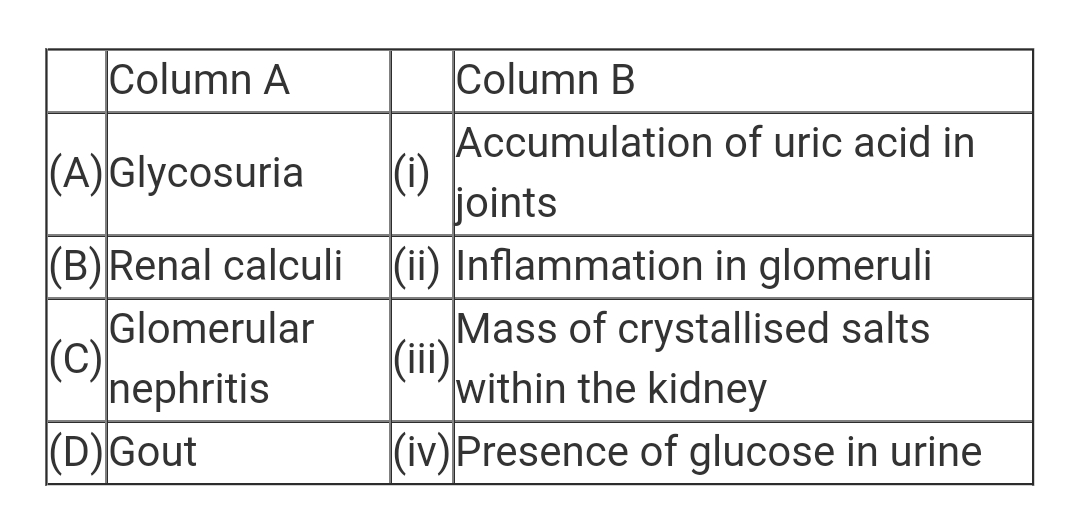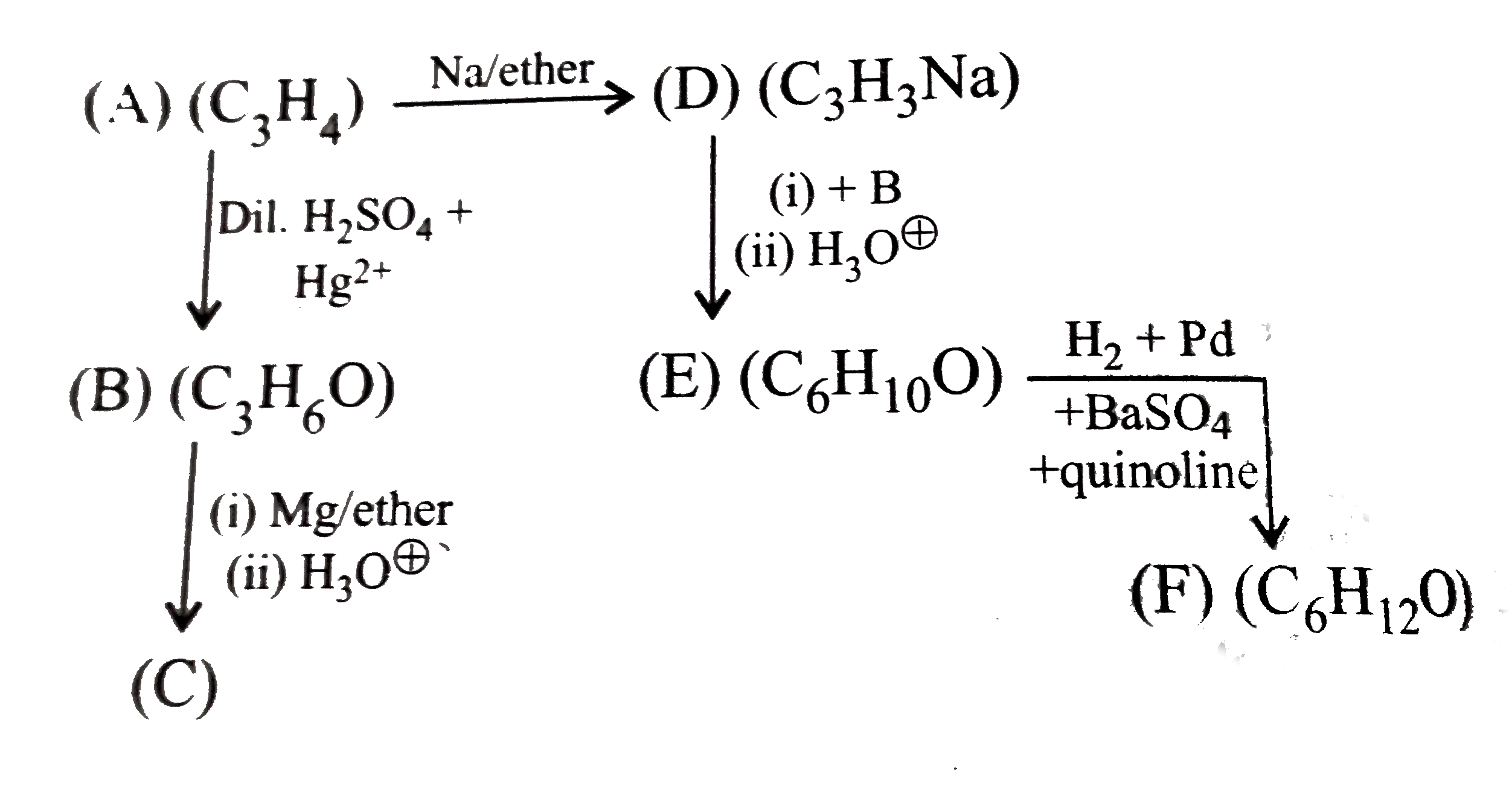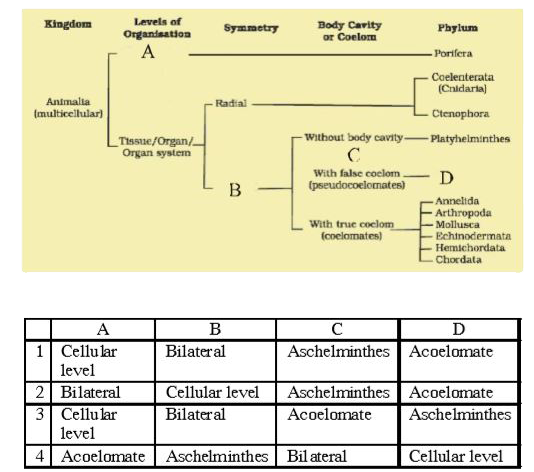Under favourable conditions, slime moulds form underline A while under unfavourable conditions they form underline B. Complete the above statement by choosing the correct option for A and B.
(A) Fruiting bodies (B) Spores
(A) Plasmodium (B) Fruiting bodies
(A) Fruiting bodies (B) Plasmodium
(A) Spores (B) Plasmodium
To complete the statement regarding slime moulds under different conditions, we need to identify what they form during favourable and unfavourable conditions.
1. Understanding Slime Moulds: Slime moulds are eukaryotic organisms that can exist as single cells or aggregate to form multicellular structures. They were previously classified under the kingdom Fungi but are now placed under the kingdom Protista.
2. Favourable Conditions: Under favourable conditions, such as when there is sufficient moisture (like after rainfall), slime moulds will absorb moisture and convert into a form known as Plasmodium. This is a stage where they exist as a mass of protoplasm containing many nuclei.
3. Unfavourable Conditions: When conditions become unfavourable, the Plasmodium will differentiate and form fruiting bodies. These fruiting bodies are structures that contain spores, which can survive harsh conditions.
4. Final Statement: Therefore, under favourable conditions, slime moulds form Plasmodium (A), while under unfavourable conditions, they form fruiting bodies (B).
5. Correct Option: The correct completion of the statement is: "Under favourable conditions, slime moulds form Plasmodium while under unfavourable conditions they form fruiting bodies."
Topper's Solved these Questions
Similar Questions
Knowledge Check

Match the abnormal conditions given in column A with their explanation given in column B and choose the correct options.AA-(i),B-(iii),C-(ii),D-(iv)BA-(iii),B-(ii),C-(iv),D-(i)CA-(iv),B-(iii),C-(ii),D-(i)DA-(iv),B-(ii),C-(iii),D-(i)
A : Slime moulds form fruiting bodies under unfavourable conditions.
R : Naked plasmodium is formed during favourable conditions.
View SolutionHow many alkali metals form oxide under normal conditions.
View SolutionWhat are the other elements besides noble gases which exist as gases under normal conditions ? Fill up the blanks by choosing the correct option .

View SolutionMatch the abnormal conditions given in Column A with their explanation given in Column B and choose the correct option.

View Solution
Which statement is correct for the formation of (B) form (A) ?
View SolutionIn our skeletal muscle under aerobic conditions lactic acid is formed.
View SolutionMatch the abnormal conditions given in Col- umn A with their explanations, given in Col- umn B and Choose the correct option

View Solution

